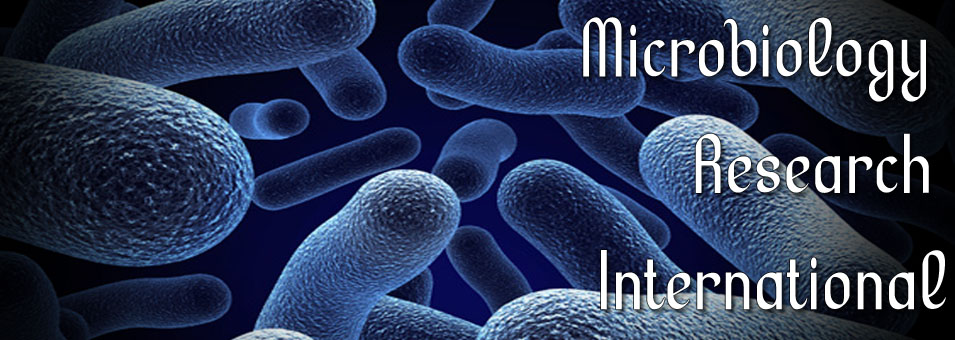Pulp and paper mill wastewater and coliform as health hazards: A review
Chhatarpal Singh, Pankaj Chowdhary, Jay Shankar Singh and Ram ChandraMicrobiology Research International
Published: September 30 2016
Volume 4, Issue 3
Pages 28-39
Abstract
This review article depicts the presence of coliform bacteria in the pulp and paper mill wastewater and also emphasizes their effect in health hazards. Pulp and paper-mill wastewater discharged into freshwater, estuarine and marine ecosystems alter aquatic habitats, affect aquatic life and adversely impact on human health.The wastewater contains many organic and inorganic compounds including large number of coliforms that are severely hazardous to living being. In which Klebsiella is predominately present in pulp and paper mill wastewater while Escherichia coli, Citrobacter, Enterobacter, etc. are in less number. The fecal Streptococci (Enterococci) alternative indicators of fecal health hazards are commonly present in all mills wastewater in the absence of fecal matter. Total coliforms, fecal coliforms and Enterococci or E. coli counts as indicators of fecal contamination, which causes health hazard in human and animals. This review is focused on various aspects such as nature and characteristics of organic and inorganic pollutants, coliform population, detection techniques, diseases caused by coliforms and persistent organic pollutant (POP) in industrial waste.
Keywords: Coliform, fecal contamination, health hazards, POPs, wastewater.
Full Text PDF
